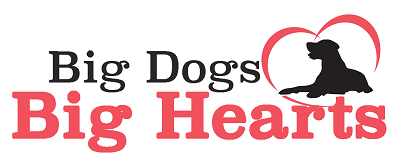Understanding Gingival Hyperplasia in Dogs

Gingival hyperplasia, also described as gum overgrowth, is an oral condition affecting dogs, humans and, to a lesser degree, cats. It presents as an excessive gingival tissue or a swollen gum that causes “pseudopockets” between the gingiva and the tooth surface. If left untreated, it also leads to periodontal illness and oral pain. There are a number of causes that have an effect on treatment choices and prognosis.
What Causes Gingival Hyperplasia in Dogs?
The cause of gingival hyperplasia can differ and is not fully understood, but genetics plays a role. Most pets respond to gingival inflammation with receding gums, but dogs with gingival hyperplasia have gum tissue that increases in response to inflammation. Gingival hyperplasia happens more frequently in some breeds than in others. Commonly affected breeds include:
- Boxers
- Dalmatians
- Dobermans
- Labrador Retrievers
- Collies
- Great Danes
- Bulldogs
Certain medications that are used to treat high blood pressure and seizures can increase your dog’s chances of developing gingival hyperplasia.
Recommended: VETSCAN Canine Flex4 Rapid Test
What Are The Symptoms of Gingival Hyperplasia in Dogs?
- Gums show an overgrowth that begins to threaten some or all of the teeth and the growth appears irregular to normal mouth / gum development
- Inflammation from the secondary infection of bacteria and food particles stuck in gum tissue pockets
- Growth tissue forming along the gum line
- Deep redness in the gums rather than a healthy pink color
- Bleeding from the dog’s mouth while eating
How Is Gingival Hyperplasia Diagnosed And Treated?
This medical condition is frequently diagnosed during a regular examination of the mouth of the dog. If a mass is present, a tissue biopsy taken from the mass is likely to be performed to rule out or confirm the existence of cancer (neoplasia). X-ray scans can also be used to rule out the presence of other potentially significant underlying medical conditions.
In extreme cases, surgical repair and/or deep cleaning, with the re-contouring of the gums of your dog can be done to help restore the gum line to its original shape and return any shaped pockets to normal so that food and bacteria can no longer be troublesome.
Follow-up Care For Dogs Who Have Gingival Hyperplasia
During regular check-ups, a detailed oral examination should be performed to monitor the chances of re – occurrence of the infection in your dog. Pain medicine can be given as needed to minimize your dog’s discomfort during the healing process. Overall, dental cleaning, along with oral antibiotics, should be adequate to disinfect the dog’s mouth and reduce the swelling and enlargement of the gums.
It is very important that you obey the directions given to you by your veterinarian. A soft diet and special oral rinses are also prescribed for several days after surgery.

